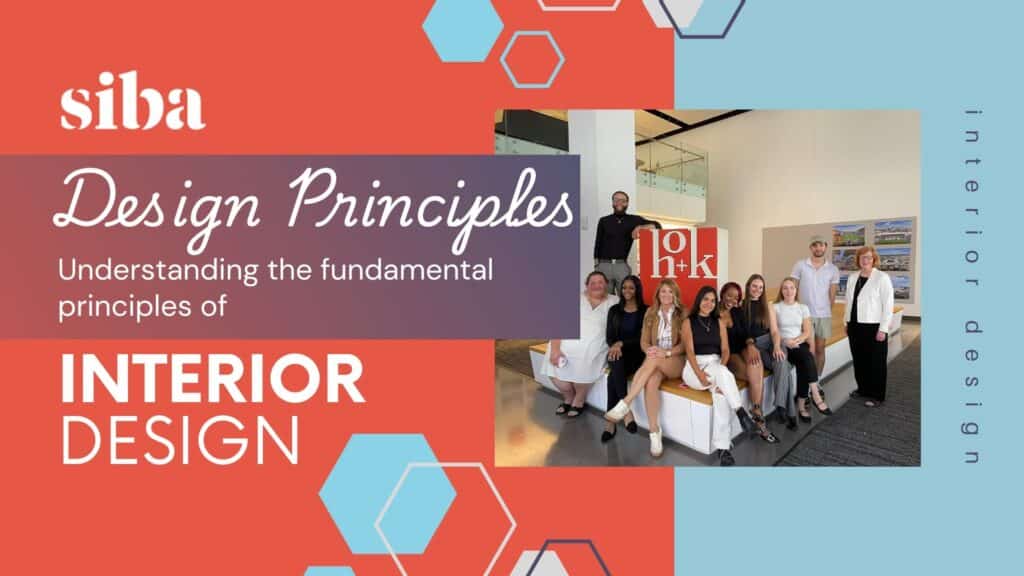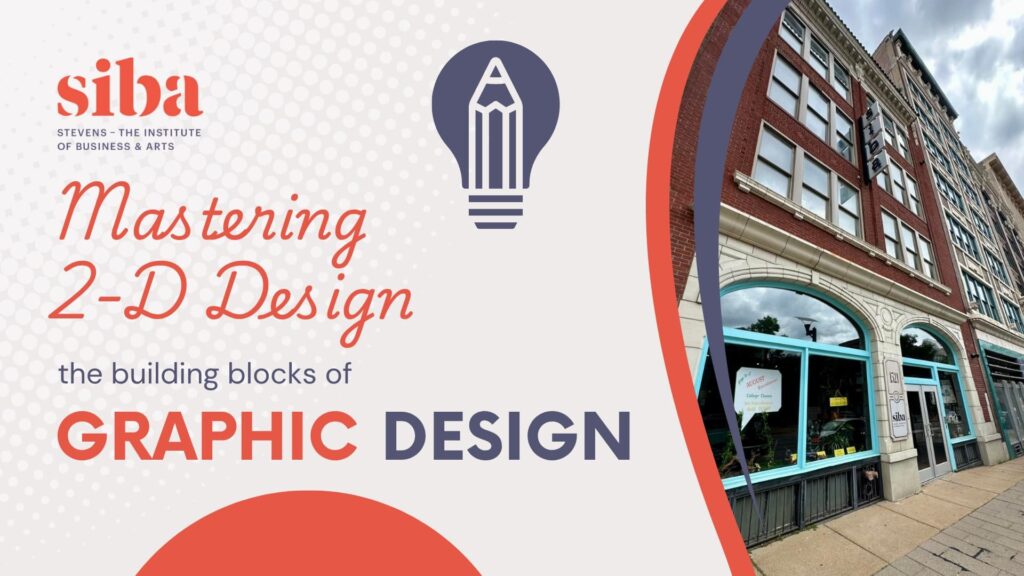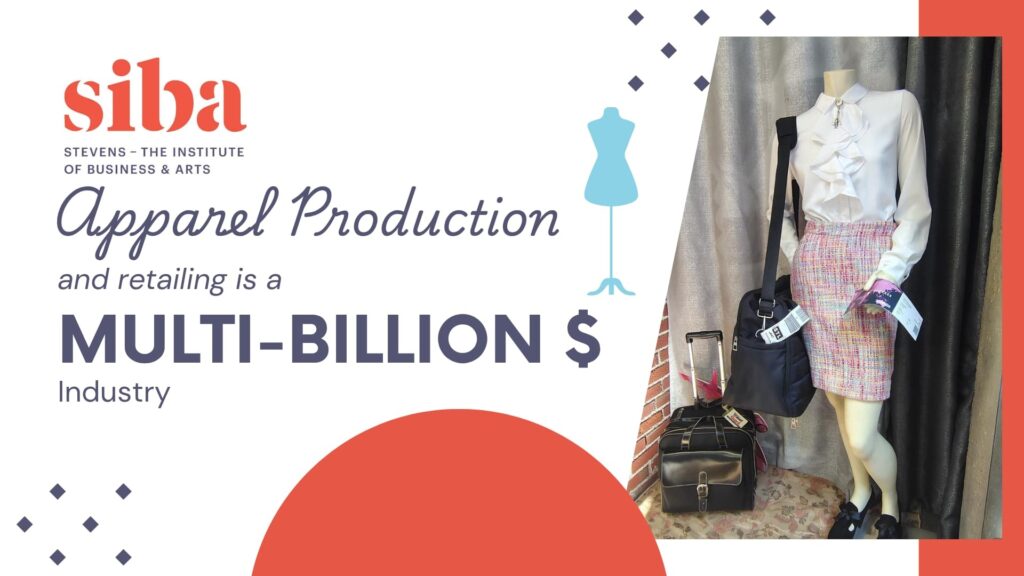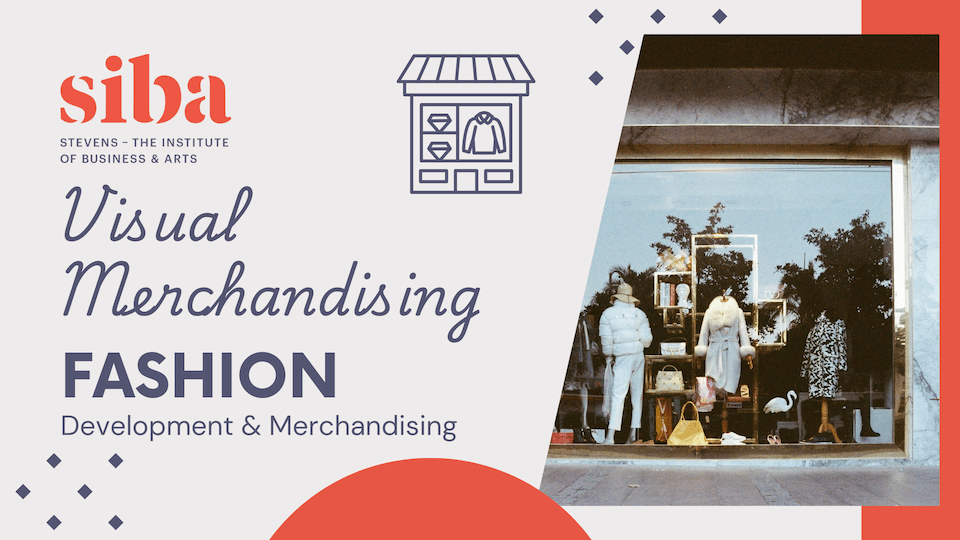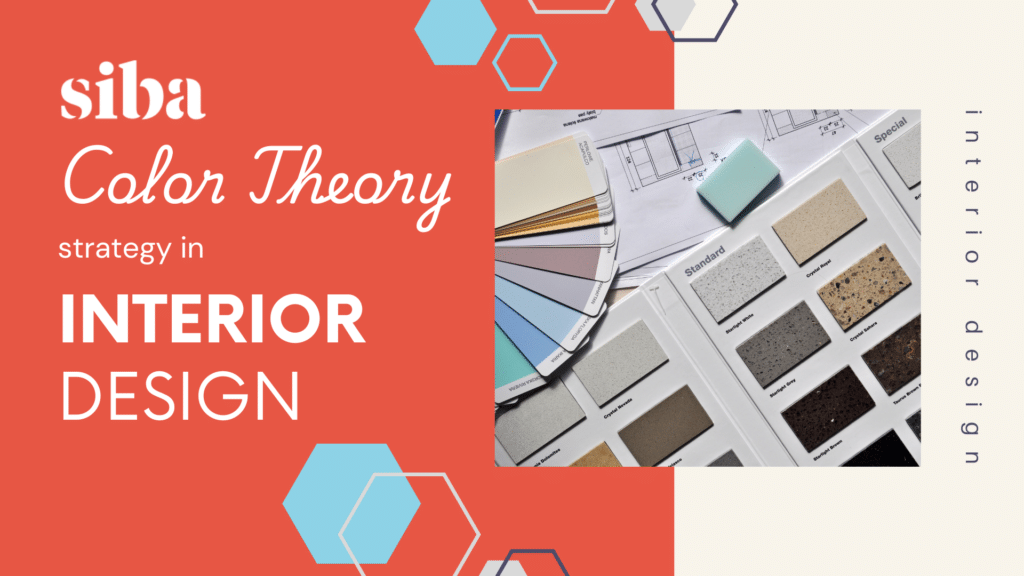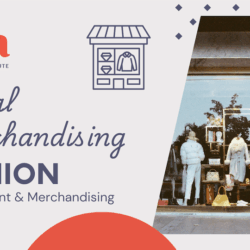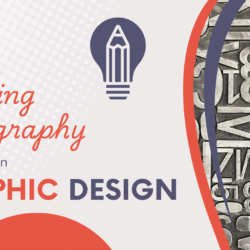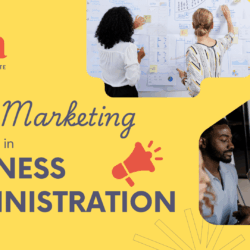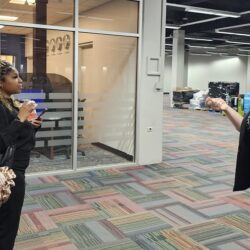Blog
Design Practice: A Comprehensive Guide for Aspiring Interior Designers
As an aspiring interior designer, you’re likely eager to dive into the world of design practice, where creativity meets functionality, and aesthetics meet technical skills. Studying design practice is a crucial step in becoming a successful interior designer, and in this article, we’ll delve into the ins and outs of this fascinating field. Whether you’re […]
Read More Why Graphic Designers Need to Master Design Fundamentals (2-D)
As a graphic design student, you may be tempted to dive straight into the latest design software and start creating visually stunning designs. However, neglecting the fundamentals of design can lead to a lack of depth and coherence in your work. Design Fundamentals (2-D) is the foundation upon which all good design is built, and […]
Read More Driving Business Success – Learn More About Human Resource Management
As a business administration student, you may be wondering why you need to learn about human resources management (HRM). After all, isn’t HRM just about hiring and firing employees? Not quite. Human resources management is a critical component of any successful organization, and understanding its principles and practices can give you a competitive edge in […]
Read More Foundation Course – Apparel Production, Processes, and Evaluation
As a student pursuing a degree in fashion, textiles, or a related field, you may wonder why studying apparel production processes and evaluation is essential. After all, isn’t fashion all about design and creativity? While design is a crucial aspect of the fashion industry, understanding the production processes and evaluation of apparel is equally important. […]
Read More What is Visual Merchandising and Why Fashion Development & Merchandising Students Should Care
As a fashion development & merchandising student, you’re likely no stranger to the world of fashion retail. You’ve probably spent hours browsing through your favorite stores, admiring the latest trends, yet have you ever stopped to think about the art and science behind creating those visually stunning displays and enticing store experiences? That’s where visual […]
Read More Why Studying Statistics is Crucial for Business Administration
As a business administration student, you may wonder why you need to study statistics. After all, isn’t statistics just about numbers and graphs? But the truth is, statistics is an essential tool for business decision-making, and it can give you a competitive edge in your future career. The Importance of Data-Driven Decision-Making In today’s business […]
Read More Why 3D Animation and Rendering are Essential Skills for Graphic Artists
As a graphic artist, you’re likely no stranger to the ever-evolving world of digital art. With the rise of technology, the demand for high-quality visual content has never been higher. In this competitive landscape, it’s crucial to possess a diverse set of skills to stay ahead of the curve. Among the most valuable skills you […]
Read More The Art of Window Treatment Design
As an interior design student, you’re likely familiar with the importance of considering factors like lighting, color schemes, and furniture layout when designing a space. However, one crucial element that’s often overlooked is window treatment design. Window treatments, such as curtains, blinds, and shades, play a significant role in enhancing the aesthetic and functional aspects […]
Read More Why Color Theory is Essential in Interior Design
When it comes to interior design, many people focus on the physical aspects of a space, such as furniture, layout, and architecture. However, one crucial element that can make or break the ambiance and functionality of a room is often overlooked: color. Color theory, the study of how colors interact with each other and human […]
Read More Studying Typography Unlocks the Power of Visual Communication
In today’s digital age, where visual content dominates our screens and attention spans are shorter than ever, effective communication is crucial. One often overlooked yet vital aspect of visual communication is typography. Typography is the art and technique of arranging type to convey meaning, and it plays a significant role in how we perceive and […]
Read More The Power of Marketing: Why Business Students Should Take Marketing Classes
As a business student, you’re likely aware of the importance of having a well-rounded education that prepares you for the competitive world of business. While courses in finance, accounting, and management are essential, there’s one area that can give you a significant edge in the job market: marketing. Taking marketing classes can be a game-changer […]
Read More Why Should I Get a Degree in Fashion Development & Merchandising?
Are you passionate about fashion development & merchandising and interested in turning your passion into a career? Do you enjoy staying up-to-date on the latest trends and styles? If so, a degree in fashion development & merchandising may be the perfect fit for you. fashion development & merchandising is a dynamic and exciting field that […]
Read More interior design news!
The Art of Window Treatment Design
By Siba | | Academic Programs, Interior Design
As an interior design student, you're likely familiar with the importance of considering factors like lighting, color schemes, ...
Why Color Theory is Essential in Interior Design
By Siba | | Academic Programs, Interior Design
When it comes to interior design, many people focus on the physical aspects of a space, such as ...
NeoCon 2024 Gives Students An Edge
By Sara Dorn | | Interior Design, Post
Successful Interior Design professionals will tell you that staying on top of new trends and technology is a ...
fashion news!
What is Visual Merchandising and Why Fashion Development & Merchandising Students Should Care
By Siba | | Academic Programs, Fashion Development & Merchandising, Uncategorized
As a fashion development & merchandising student, you're likely no stranger to the world of fashion retail. You've ...
Why Should I Get a Degree in Fashion Development & Merchandising?
By Siba | | Academic Programs, Fashion Development & Merchandising
Are you passionate about fashion development & merchandising and interested in turning your passion into a career? Do ...
Looking Forward to Fall
By Sara Dorn | | Business Administration, Fashion Development & Merchandising, Graphic Design, Interior Design, Post
Wherever you are in your college search - our Admissions representatives are ready to help you reach your ...
graphic design news!
Why 3D Animation and Rendering are Essential Skills for Graphic Artists
By Siba | | Academic Programs, Graphic Design
As a graphic artist, you're likely no stranger to the ever-evolving world of digital art. With the rise ...
Studying Typography Unlocks the Power of Visual Communication
By Siba | | Academic Programs, Graphic Design
In today's digital age, where visual content dominates our screens and attention spans are shorter than ever, effective ...
Student Spotlight: India Flowers
By Sara Dorn | | Graphic Design
Sometimes the stars align to bring two creative individuals from different departments together to execute the perfect vision. ...
business administration news!
Why Studying Statistics is Crucial for Business Administration
By Siba | | Academic Programs, Business Administration, Uncategorized
As a business administration student, you may wonder why you need to study statistics. After all, isn't statistics ...
The Power of Marketing: Why Business Students Should Take Marketing Classes
By Siba | | Academic Programs, Business Administration
As a business student, you're likely aware of the importance of having a well-rounded education that prepares you ...
Chicago Industry Tour 2024
By Sara Dorn | | Business Administration, Post
At Siba, we consider our Business Administration degree to be one of the most versatile programs we offer. ...
